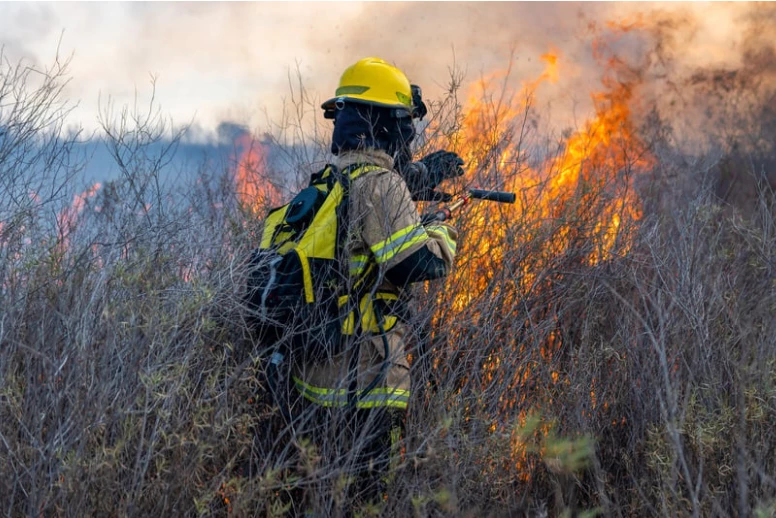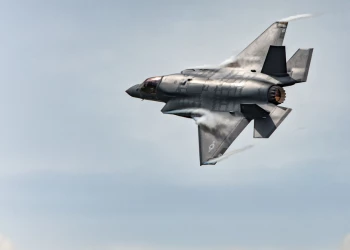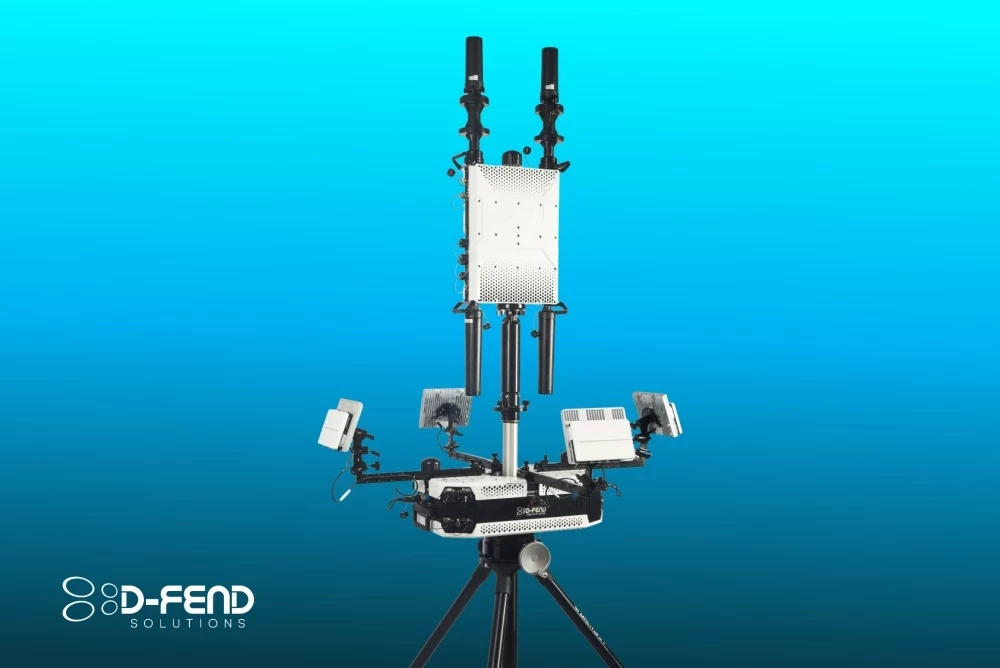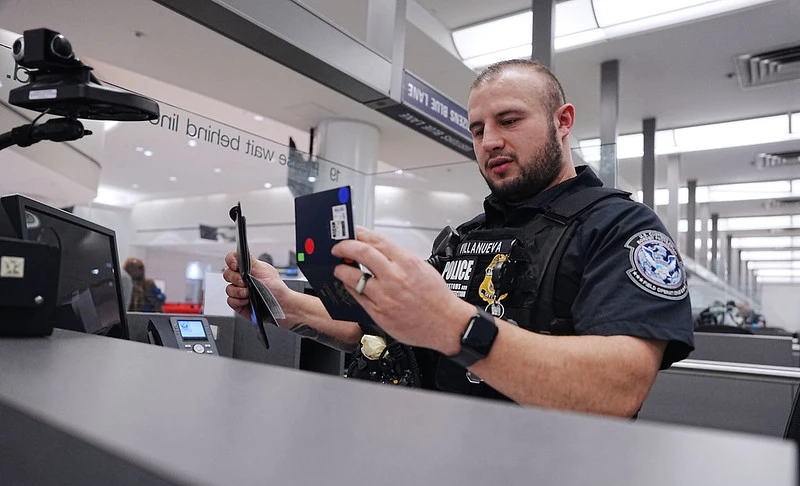Defense News Digest: July 2024
Add bookmark
Welcome to IDGA’s weekly news roundup. For over two decades, IDGA has organized conferences designed to further the national security objectives of the current administration and to facilitate the acquisition priorities of the DoD, DHS, and other federal agencies. Now, through this weekly series, we look to educate the community on the latest research, program updates and news in the defense and government sector.
This month, we will examine a variety of topics, including the latest on C-UAS capabilities testing, new investigations from the DoD’s Inspector General, and more.
C-UAS capabilities tests held in Arizona
This June the Joint C-sUAS Office (JCO) held its most ambitious field demonstration yet at the Yuma Proving Ground in Arizona. Over the 4-week period, JCO demonstrated prototype systems developed by private firms and tested their ability to defend against drones. This year’s event focused on repeated swarm attacks and featured 50 unmanned aircraft of different types converging on a single target.
The JCO is still analyzing data from the exercise, but when completed the initial report will be shared with military services, combatant commanders worldwide, and to the eight vendors involved. Those eight vendors include: Clear Align, Trakka, ICR, ELTA, Teledyne, FLIR, SAIC, ATSC and Anduril.
“No one capability, whether kinetic or non-kinetic, in itself could really just beat this kind of [attack] profile,” Col. Michael Parent, chief of acquisitions & resources at the JCO told Breaking Defense. “What we saw was they really do need a full system of systems approach, a layered approach.”
The next JCO field demonstration is tentatively scheduled for early 2025.
CCA update
The head General Atomics aeronautics division revealed to Breaking Defense last week that the prototype for the Air Force’s collaborative combat drone program could begin flight tests by mid-2025.
The initial prototype test comes after the Air Force’s decision to award General Atomics and Anduril the first portion of the Collaborative Combat Aircraft contract over mega primes Boeing, Lockheed Martin, and Northrup Gruman in April.
General Atomics and Anduril will be competing to build uncrewed aircraft that can battle fighter jets at a cost of a fraction of a crewed fighter. The Air Force has yet to declare if it will carry both, or just one, of the companies to production.
Under the current contract, General Atomics is set to deliver just a few CCAs for development and testing. However, the Air Force could purchase more than 1,000 drones through the program depending on the air service’s plans for its next-generation fighter program.
DIU announces annual competition for sUAS
The Defense Innovation Unit leads DoD efforts to bring in commercial technology, including small unmanned aerial systems. The division’s latest effort to foster innovation will come in the form of an annual competition for small unmanned aerial systems (sUAS) and quadcopters.
The annual competition will begin in November 2024, and participants can either stay or be added to the DLA’s Blue UAS Cleared List, according to Blue UAS Project Lead Trent Emeneker. This list includes platforms and components vetted for security, particularly focusing on compliance with U.S. laws and cybersecurity standards.
The annual competition aims to keep the Blue List relevant and responsive to end-user needs, addressing issues such as modularity, interoperability, and the ability to operate in contested environments without GPS or reliable electromagnetic spectrum access.
Pentagon inspector general to review hypersonic capabilities, CJADC2
This July the DoD Inspector General (IG), the department’s official watchdog, announced plans to turn its investigative attention towards the military’s ability to defend against hypersonic threats and its next-generation management system known as Combined Joint All Forces Command and Control (CJADC2).
In a July 8 letter, the IG notified senior Pentagon officials and the director of the Missile Defense Agency that the “objective of the evaluation is to assess the DoD’s ability, using existing U.S. weapon systems, to defend against a hypersonic missile attack.”
The decision to investigate hypersonic capabilities comes amidst growing concern regarding progress adversaries China and Russia have made in hypersonics.
A week later, on July 15, the IG sent a letter to senior military officials at the Pentagon, in each service and at three combatant commands, regarding its investigation into CJADC2. The objective of the investigation is to assess “the effectiveness with which the DoD developed and implemented the [CJADC2] line of effort to modernize mission partner information sharing.”
INDOPACOM getting “combat representative” JFN this year
The U.S. Indo-Pacific Command (INDOPACOM) will receive a "combat representative" version of the Joint Fires Network (JFN) by the end of 2024. Overseen by Assistant Secretary for Research and Engineering Thomas Browning, this system is part of the Pentagon's CJADC2 initiative, which aims to enhance global command and control capabilities.
The JFN is designed to match weapons to targets across a theater of war, addressing the need for improved coordination in complex, multi-domain conflicts. Driven by the threat posed by China’s potential capability to conquer Taiwan by 2027, the system will undergo continuous upgrades, with JFN 2.0 expected in 2025 and further versions planned to ensure it remains responsive to evolving military needs.


























